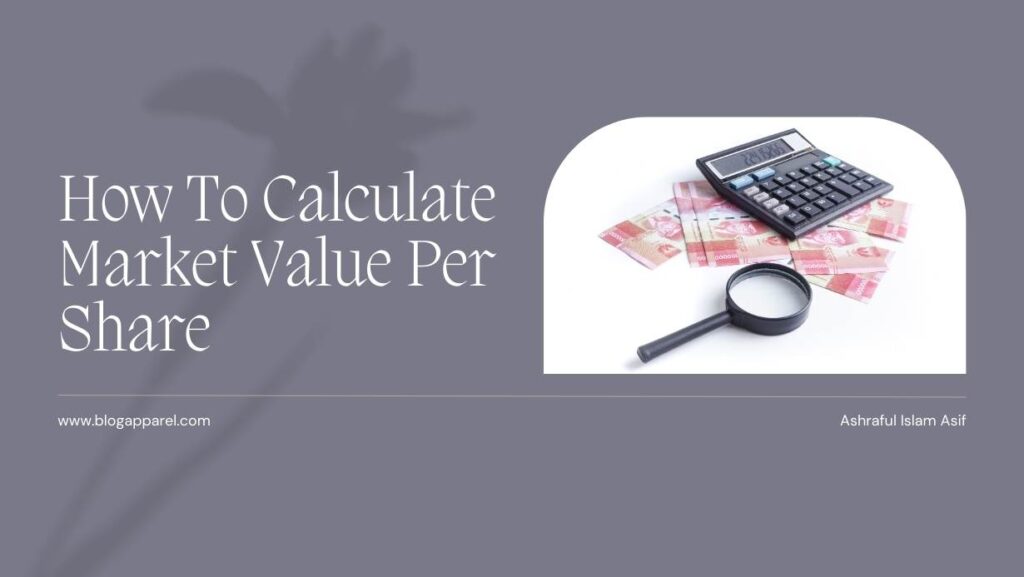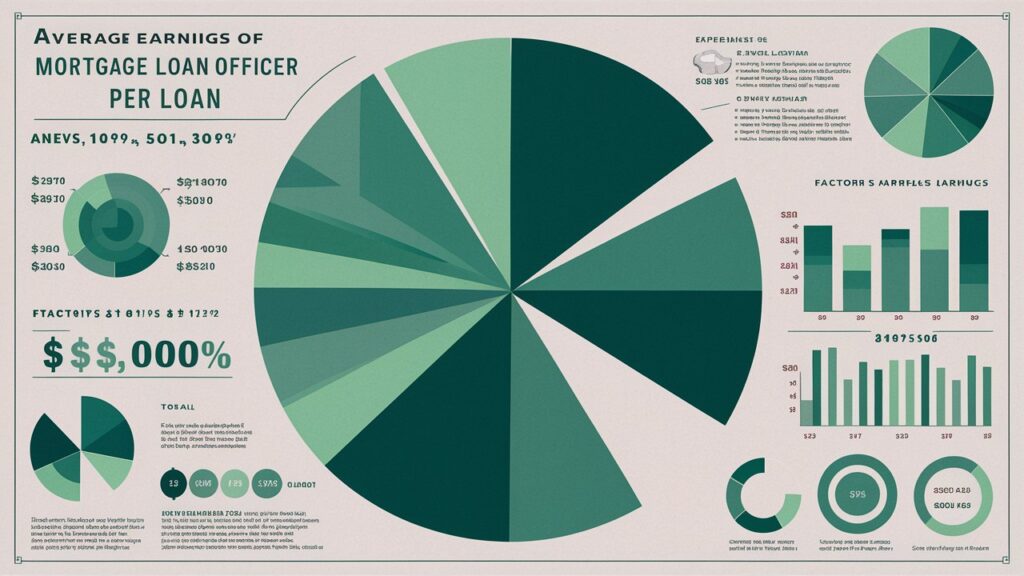Market Value per Share = Market Capitalization / Outstanding Shares. This gives you a price that reflects investor sentiment towards the company’s future. Remember, this market value fluctuates daily as the stock price changes.
Introduction
The market value per share is a critical financial metric for investors and analysts, offering a snapshot of a company’s current stock price concerning its earnings and potential for growth. Calculated by dividing the company’s total market capitalization by the number of its outstanding shares, this figure serves as a barometer for assessing the perceived worth of a company from the market’s perspective. This approach empowers investors to make educated choices by evaluating the stock price based on different financial standards and past records. Understanding how to calculate and interpret this value is essential for navigating the complexities of the stock market and optimizing investment strategies.
What is the market value per share?
Market value per share represents the price at which a company’s stock is traded on the open market, reflecting the collective valuation of the company by investors and traders. This is shaped by the interplay of supply and demand, affected by the firm’s economic health, sector movements, and broader economic circumstances. This metric is pivotal for investors as it helps gauge the market’s current valuation of a company compared to its peers and assess the potential for future growth or decline in stock price. Grasping the market price per share is essential for informed investment choices and evaluating the appeal of a stock.
Definition and Explanation of Market Value per Share:
The market value per share represents the cost at which a corporation’s shares are traded on the stock exchange. This figure indicates the rate at which a company’s stock is purchased and exchanged in the marketplace. It offers insight into what the market believes a company is worth per share at any given moment. Investors must learn to calculate market value per share, which indicates a company’s financial health and market perception.
Factors That Affect Market Value per Share:
Several factors can influence the market value per share, including corporate earnings reports, changes in the economic environment, market trends, and investor sentiment. Grasping these elements is crucial for those aiming to determine the market value per share since they significantly influence trading decisions in the stock market, thereby impacting the stock price.
How to calculate market value per share
To calculate the market value per share, divide the company’s market capitalization by its outstanding shares. Market value is assessed by multiplying the present per-share price by the total number of shares outstanding. This calculation provides investors with a quick overview of the market’s share valuation, facilitating comparative analysis and aiding in making investment choices.
The formula for Calculating Market Value per Share:
The market value per share is calculated using a simple formula: Market Capitalization divided by Outstanding Shares. Market Capitalization reflects the overall market worth of a company’s stock, calculated by multiplying the present market price of one share by the full number of outstanding shares.
Example Calculation Using Hypothetical Company Data:
Imagine a company, “Tech Innovations,” with a current share price of $50 and 2 million outstanding shares. To discover how to calculate the market value per share for Tech Innovations, multiply the share price ($50) by the total shares (2 million) to get a market capitalization of $100 million. Then, divide this number by the outstanding shares (2 million), resulting in a market value per share of $50. This example illustrates the straightforward process of determining the market’s valuation of a company’s stock per share, a crucial metric for investors.
What is the significance of market value per share?
The significance of the market value per share lies in its ability to provide investors with a clear metric of a company’s current valuation as perceived by the stock market. This measure is a vital sign of a company’s economic well-being and standing in the market, providing perspective on how it fares against competitors and the broader market landscape. This valuation helps investors make informed decisions about buying, holding, or selling stocks by evaluating the potential for investment growth or decline. Additionally, it enables comparisons across companies and sectors, making it an essential tool for portfolio management and investment strategy. Grasping the per-share market value is therefore crucial for all participants in the stock market, ranging from everyday investors to professional financial analysts.
How Market Value per Share is Used by Investors and Analysts:
Investors and analysts use market value per share as a critical tool to assess a company’s financial strength and stock performance. By understanding how to calculate market value per share, they can gauge a company’s market valuation, compare it with competitors, and track its performance over time. This metric is integral for evaluating investment prospects and identifying stocks that may offer high returns or represent undervalued opportunities in the market.
Impact of Market Value per Share on Investment Decisions:
The market value per share significantly impacts investment decisions by providing a snapshot of a stock’s current value. Investors use this information to make strategic choices: buy, hold, or sell shares. A rising market share price may attract more investors, while a declining trend could signal caution. Thus, accurate calculation and analysis of this metric are crucial for developing effective investment strategies and achieving financial objectives.
Factors that affect market value per share
Several factors influence the market value per share, each playing a pivotal role in shaping investors’ perceptions and the stock’s overall market price. Key influences include a company’s financial performance, particularly its earnings and revenue growth, which signal its profitability and potential for future expansion. Economic climates and market directions significantly impact and widely influence investor attitudes and market behaviour. Furthermore, industry-specific events, such as regulatory changes or technological advancements, can affect the valuation of shares within particular sectors. Investor sentiment, driven by news and market speculation, can cause rapid shifts in market value. Together, these elements intertwine to determine the market value per share, highlighting the importance of comprehensive analysis in investment decision-making.
Overview of Key Factors That Influence Market Value per Share:
A blend of internal and external factors swell the market value per share. Internally, a company’s earnings, revenue growth, and financial health are paramount, reflecting its operational success and future potential. Economic trends, sector-specific developments, and global market conditions can significantly impact share prices. Often influenced by news and market speculation, investor sentiment also plays a critical role in shaping market value.
Tips for Investors on Evaluating Companies Based on Market Value per Share:
Investors keen on understanding how to calculate market value per share should delve beyond the numbers. It’s crucial to analyze the factors behind a company’s market value, including its financial stability, growth prospects, and the economic environment. Comparing the market value with fundamental metrics like earnings and book value can uncover undervalued or overvalued stocks. Additionally, monitoring industry trends and market sentiment provides insights into potential shifts in share value, aiding in making more informed investment decisions.
FAQs,
What is the basic formula to calculate the market value per share?
The fundamental formula for calculating the market value per share is to divide the company’s total market capitalization by the number of its outstanding shares. This gives you the price at which the market values each share.
Where can I find the necessary data to calculate a company’s market value per share?
To calculate a company’s market value per share, you’ll need the current share price, which can be found on financial news websites, stock market apps, or the stock exchange itself, and the total number of outstanding shares, which is typically found in the company’s annual report or financial statements.
Can the market value per share change frequently?
Indeed, the market price per share can experience frequent fluctuations. It hinges on the present market value of the firm’s stocks, subject to changes in market circumstances, investor confidence, and the company’s financial standing.
How does calculating the market value per share help investors?
Calculating the market value per share helps investors gauge the market’s valuation of a company, compare it with other companies, and make informed decisions on buying, holding, or selling the stock based on its current and potential future value.
What’s the difference between market value per share and book value per share?
Market value per share reflects the current price at which the company’s shares are trading on the stock market, indicating the market’s valuation of the company. On the other hand, book value per share is derived from a company’s financial statements, representing the net asset value per share. It measures what shareholders might receive if the company were liquidated.
Conclusion
In conclusion, calculating the market value per share is crucial for investors and analysts to understand a company’s valuation from the market’s perspective. By dividing the company’s total market capitalization by its outstanding shares, individuals can gain insights into its current trading price and assess its potential investment worth. This metric is vital for making informed decisions, comparing companies within the same sector, and evaluating the overall attractiveness of a stock. As the market value per share is influenced by various internal and external factors, keeping abreast of financial performances, market trends, and economic conditions is essential for accurate analysis and strategic investment planning.













